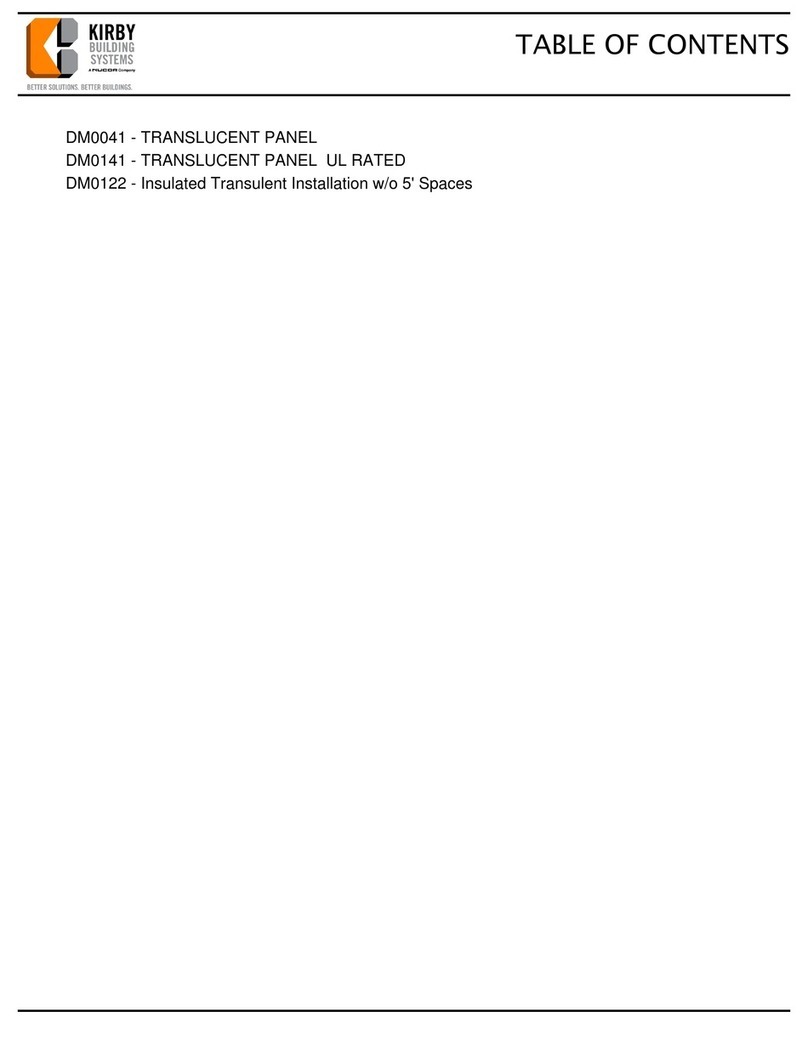! " # " $ % & ' ( ! " ) ( * ) + , - ' & " , ( ! & " ) . / $ " 0 1 / ) 2 3 4 & # ' - - 5 6 7 ! , 3 + , ( ' # , $ % ' ) " ) 4 &
8 9 : ;
: " ) " ( $ " % * % < " * = " ) , % * ) 4 & + , ( ' , - 0 % < " > , ) ) , ( % 3 " ? % " @ A :
:
: ; 8 ; : 9 B
C B ; ;
: :
: ; ; C : ; : ;
8
: : : D
8 B : ; ; : 8 : :
; 8 B : : 8 : ; ;
; ; : : : : B ;
B B : B : ; E ;
C F : 8 ; ; E G H F 8 ;
:
: : ; ; ; ;
; C B ; I J :
; ; :
$ * ( % ) , ) 3 % * K * * ! & , # " % 3 , ( ! ' & " , & / ( ! / $ , % " ! / ( % < " * = " ) , % * ) 4 & + , ( ' , - 0
; : D J
: ; : J ; : :
;
L M N O P Q R S R M T U N V O W X Y R O X Z V [ \ N \ O X ] T M M T X R ^ _ E ` a b ` c d e f g h i g g i j d k ` l m j n ` g G H n i o l F
X Y R N p L Y M R Q O W ] T M M T X R ^ R Y q N U T V O \ _ R Q N ] T M M T X R ^ r s t u q N M N P O W R N M N \ ] O R Q O X v w
x y z t Y L \ N V O U N M ^ Y L N { [ O | } N X R ~ R Y M N P O W R N M ^ Y [ M N { [ O | } N X R _ | V N T W N L O V V Y [ R R Q N
Z Q N Z V O W R W O P X Y L L W Q N N R T X \ } T O V O R R Y O M q ^ } L P ~ O X Z ~
¡ ¢ £ ¤ ¥ ¦ § ¨
m l k j ` l l i © ` ª « « « « « « « « « « « « « « « « « « « « « « « « « « « « « « i d ` ª « « « « « « « « « « « « « « « « « « « « « « « « «
fn`¬ oc`ª «««««««««««««««««««««««««««««««« `gki¬ fª «««««««««««««««««««««
® ¯ ° ± ² ³ ´ µ ¶ · ¸ ² ¹ ² ® º » ¼ ½ ¾ ° ¿ À Á Á Â




























